
1910 Cornbread: A Taste of Rustic Tradition from the Early 20th Century
The “1910 Cornbread” is more than just a side dish — it’s a nostalgic slice of American culinary history. Back in the early 20th century, cornbread was a staple in households across the United States, particularly in the South and rural areas where cornmeal was cheap, abundant, and nutritious. Made with basic pantry ingredients and cooked in cast iron, this humble bread was hearty, versatile, and deeply satisfying.
This recipe is inspired by traditional methods from the 1910s, using simple ingredients, no sugar (as was often the case in that era), and a heavy skillet for a perfect golden crust. Here’s a step-by-step guide to making this authentic piece of American food heritage.
Ingredients (Serves 6–8)
- 1 ½ cups stone-ground yellow cornmeal
- ½ cup all-purpose flour
- 1 tsp baking soda
- 1 tsp salt
- 2 cups buttermilk (or sour milk as used in 1910)
- 1 egg (optional in some older recipes)
- 2 tbsp melted lard or bacon grease (plus more for greasing the skillet)
Equipment
- 10-inch cast iron skillet (traditional)
- Mixing bowl
- Whisk or wooden spoon
- Oven or wood-fired stove (modern ovens will work fine)
Step-by-Step Instructions
Step 1: Preheat the Skillet
Place your cast iron skillet in the oven and preheat to 425°F (220°C). This step is critical — a hot skillet creates that signature crispy crust that was cherished in 1910 kitchens.

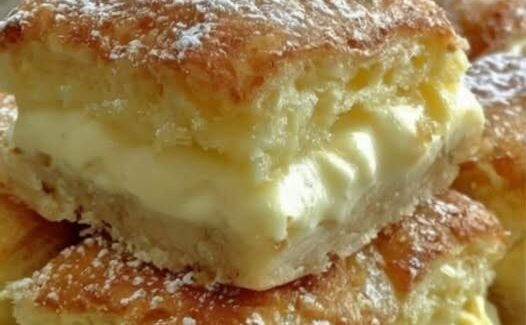
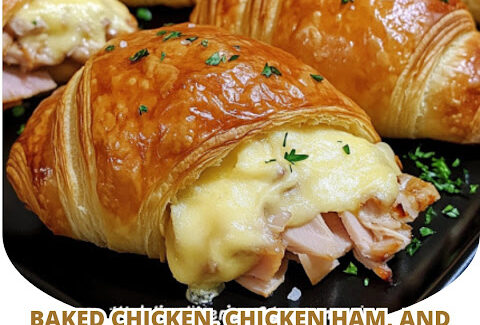
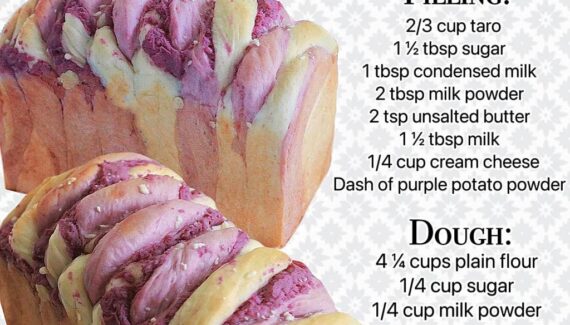


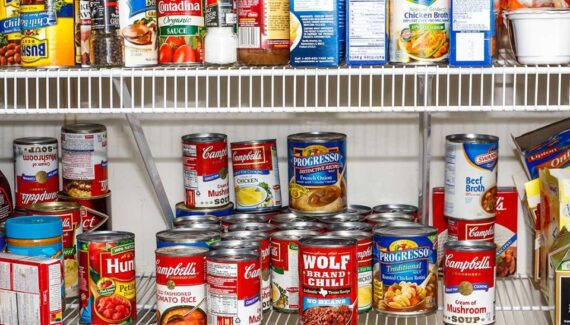
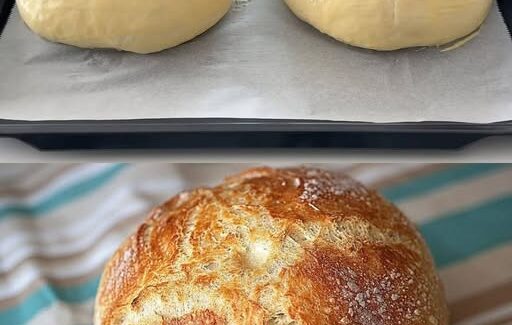

No Responses Yet